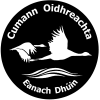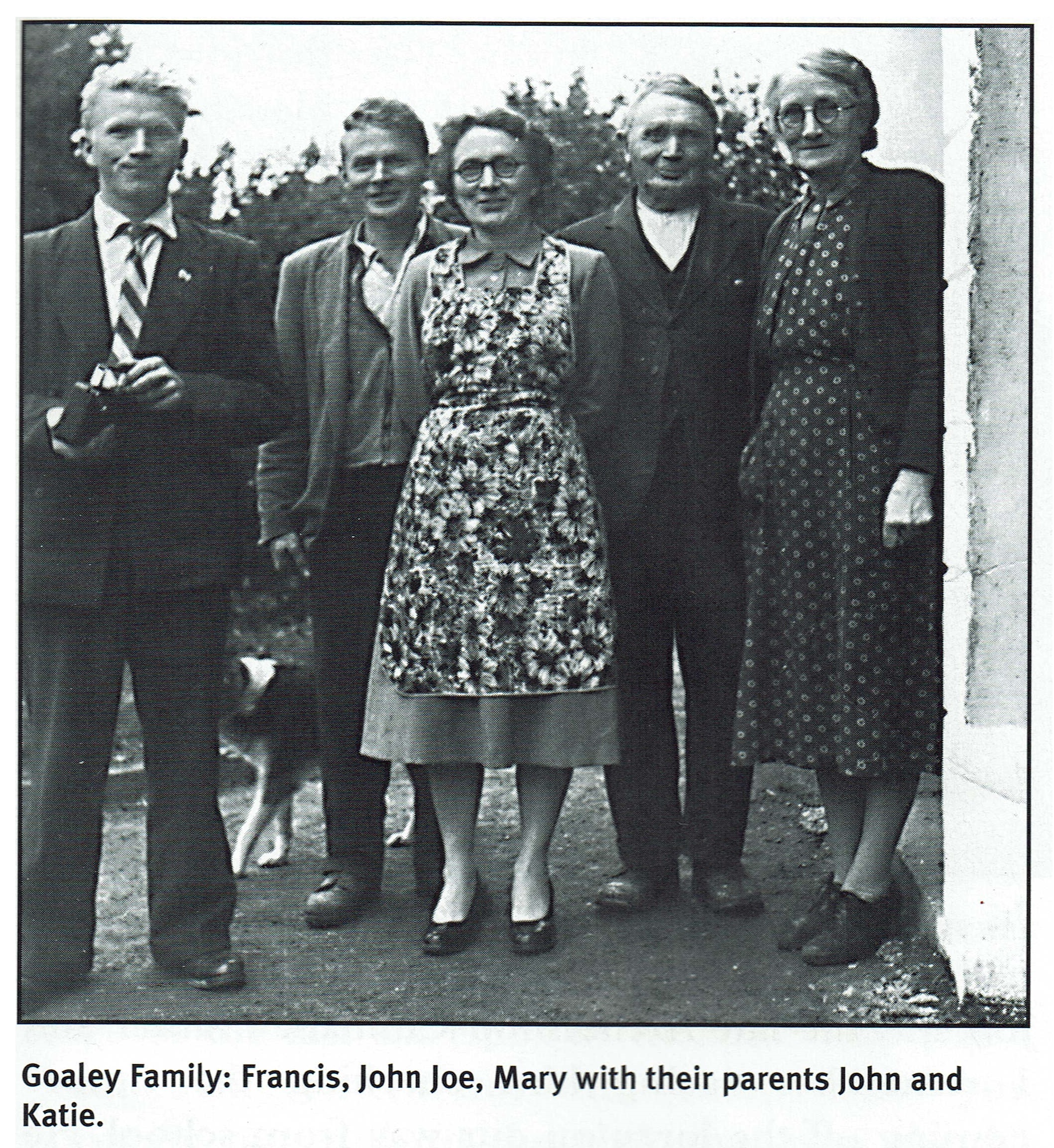At the eastern end of the parish of Annaghdown, in the townland of Corrandrum a short distance from the Tuam road, across from the school lies an unobtrusive little known monument. It is a poorly preserved rectangular church of approximately 11th or 12th century date, though it may be even older. Although it is extremely difficult to date with any accuracy, since most of its architectural characteristics have sadly disappeared, there are some features which help in its dating. It is typical of medieval churches rather than Early Christian. Cyclopean type architecture is present – massive blocks used in its construction especially in the lower sections of the walls. No evidence of antae remain – blocks that jut out at the external corners which would give it an even earlier date. Its orientation is east-west with the remnants of a window in its eastern gable where the altar would have been. Its internal measurements are 13.2 m by 6.3 m which is large for a church for this period. However, its measurements are roughly in harmony, that is, 2:1. There are traces of a window and possibly a doorway in its south wall and it would have had a trabeate doorway in its western gable. This was a simple doorway consisting of two upright pillars or cut blocks topped by a stone lintel, sloping inwards towards the top. See O’Flanagan, OS Letters, 1927 Vol. 1, 223. An example of this exists in St. MacDara’s church on MacDara’s Island in Connemara. The original height of the church is impossible to ascertain. There are burials both inside the church and around its perimeter and indeed these occur beneath the existing byroad. They are oriented east-west suggesting Christian burials. It was the practice to wish to be buried in proximity to the local church.




